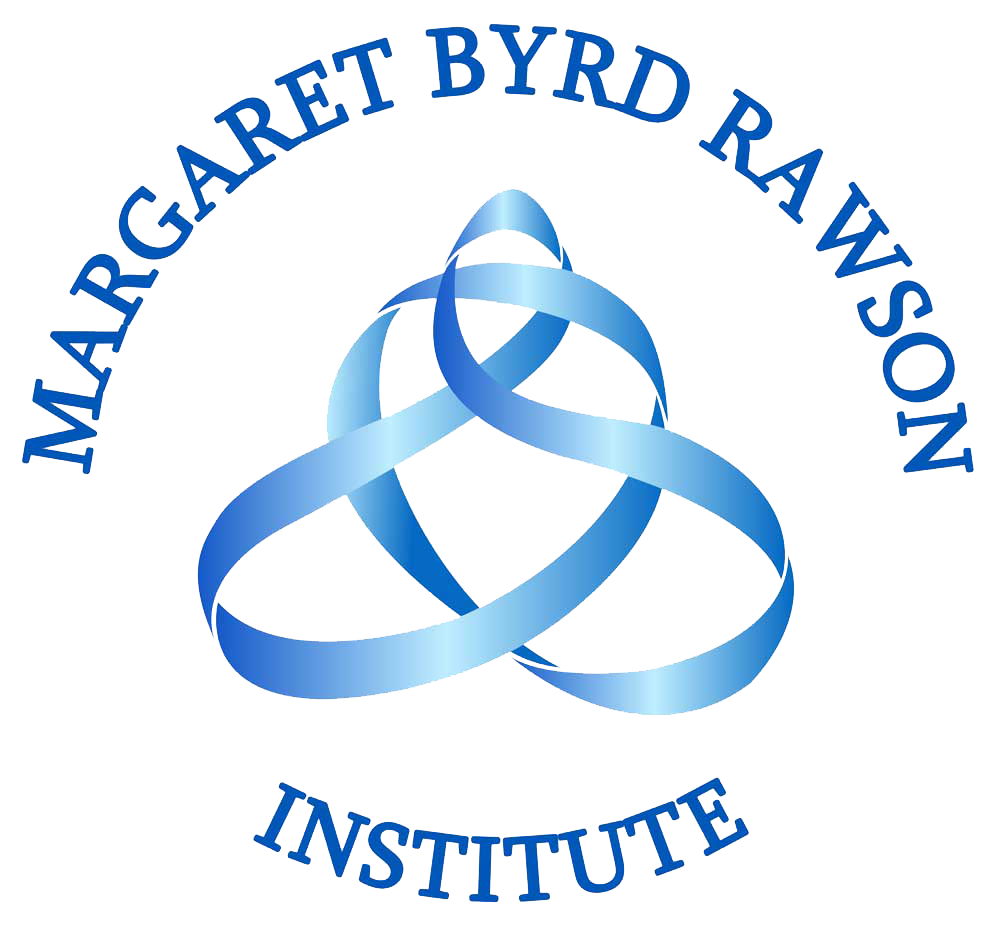
About Margaret
Over the years, Margaret Rawson authored nine books dealing with dyslexia, including the seminal study Dyslexia Over the Lifespan, a 55-year Longitudinal Study chronicling the adult accomplishments of those boys she first worked with at the School in Rose Valley. It has been said that such a study would never be repeated because no one with her unique background as a sociologist and an eminent expert in dyslexia would live long enough to recreate the study!
From 1947-1964, Margaret was an Assistant Professor of Sociology at Hood College in Frederick, Maryland, developing the first graduate course in the country focusing on diagnosing and teaching strategies for dyslexia. In addition, from 1950-1957, she worked as a psychologist for the Frederick County Health Department, tutored youngsters with dyslexia, cofounded and served as the President of the Orton Society (now known as The International Dyslexia Society), and became editor of the Bulletin of the Orton Society (now called The Annals). By the 1970s, Margaret served as President of the Council for Literacy and was a member of the U.S. President’s Commission on Public Health. She also served as a member of the Maryland Governor’s Commission on Dyslexia. In 1973, she helped establish the Jemicy School, Baltimore’s first school for dyslexic children.
